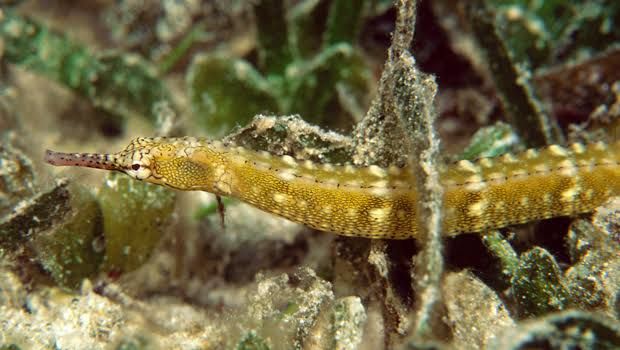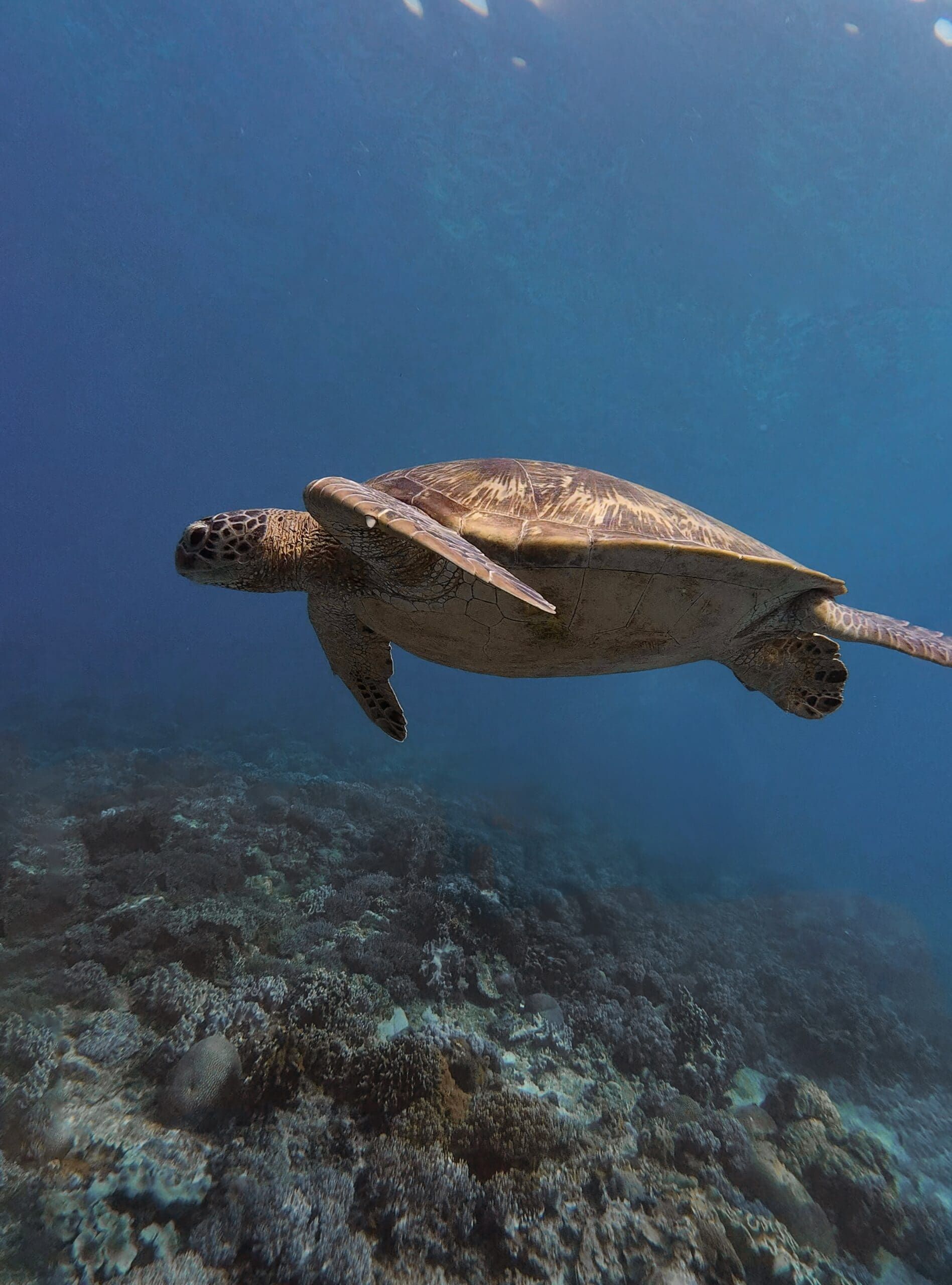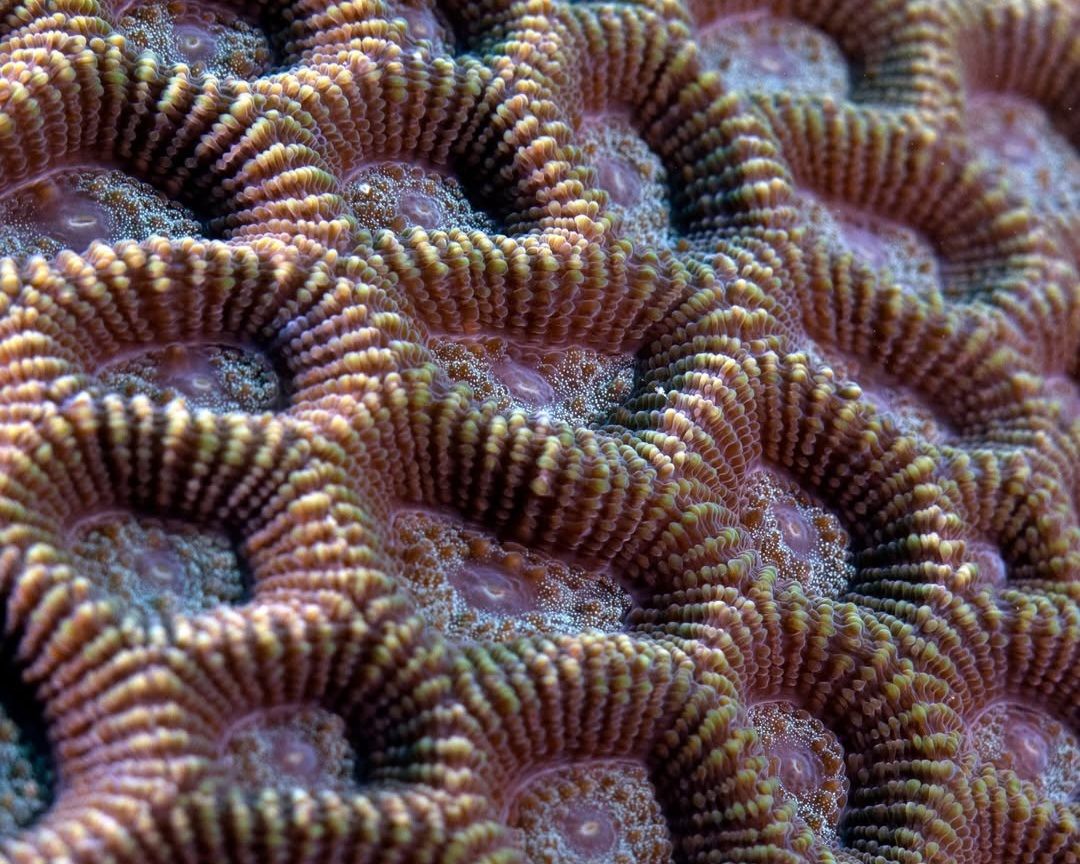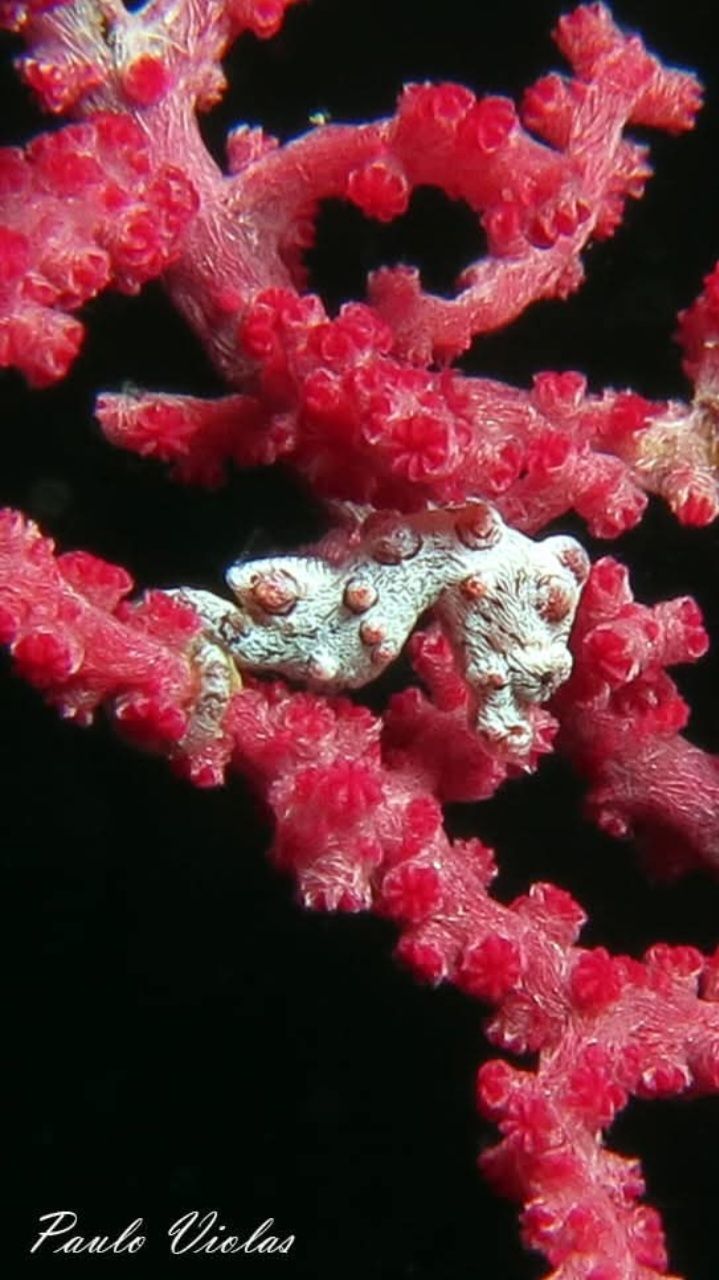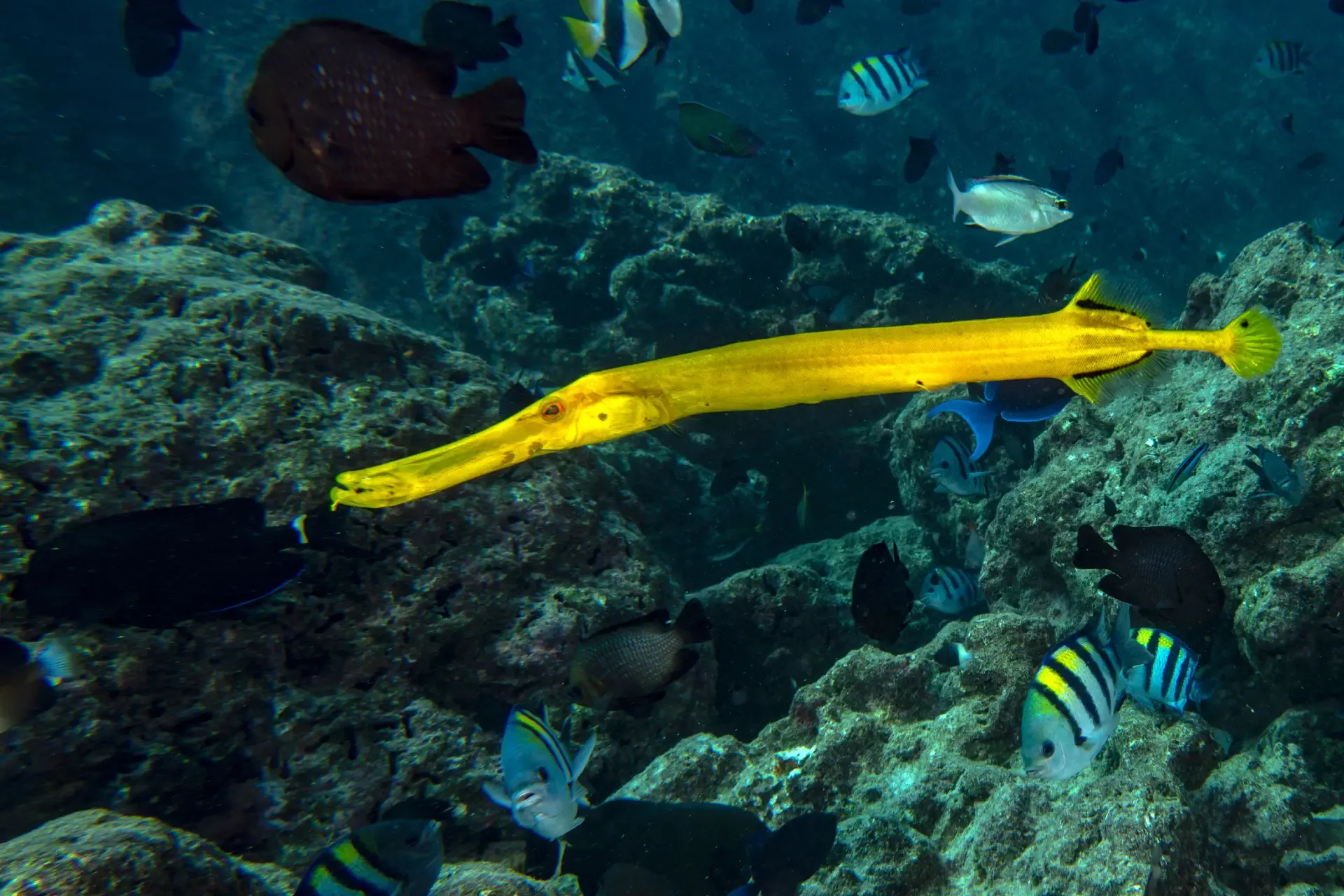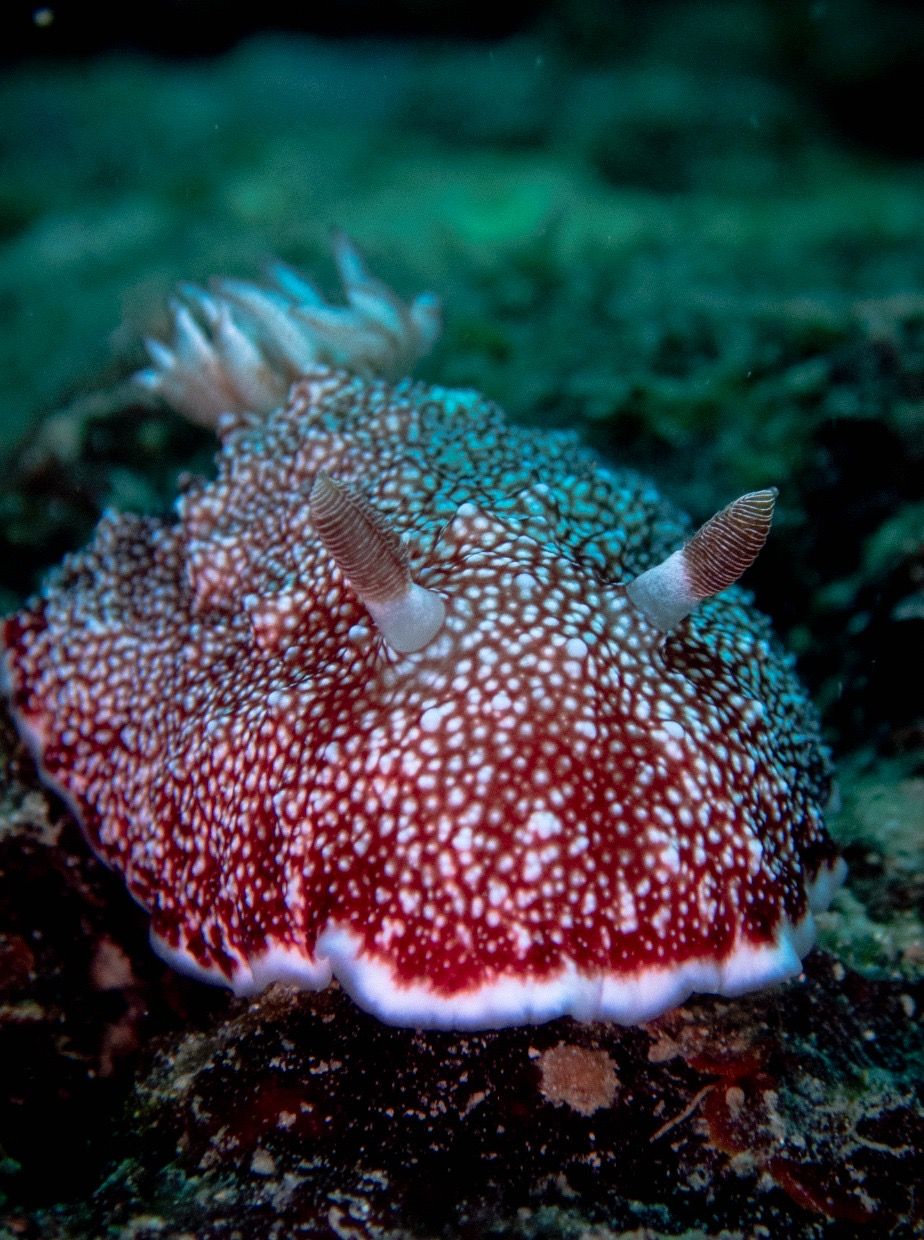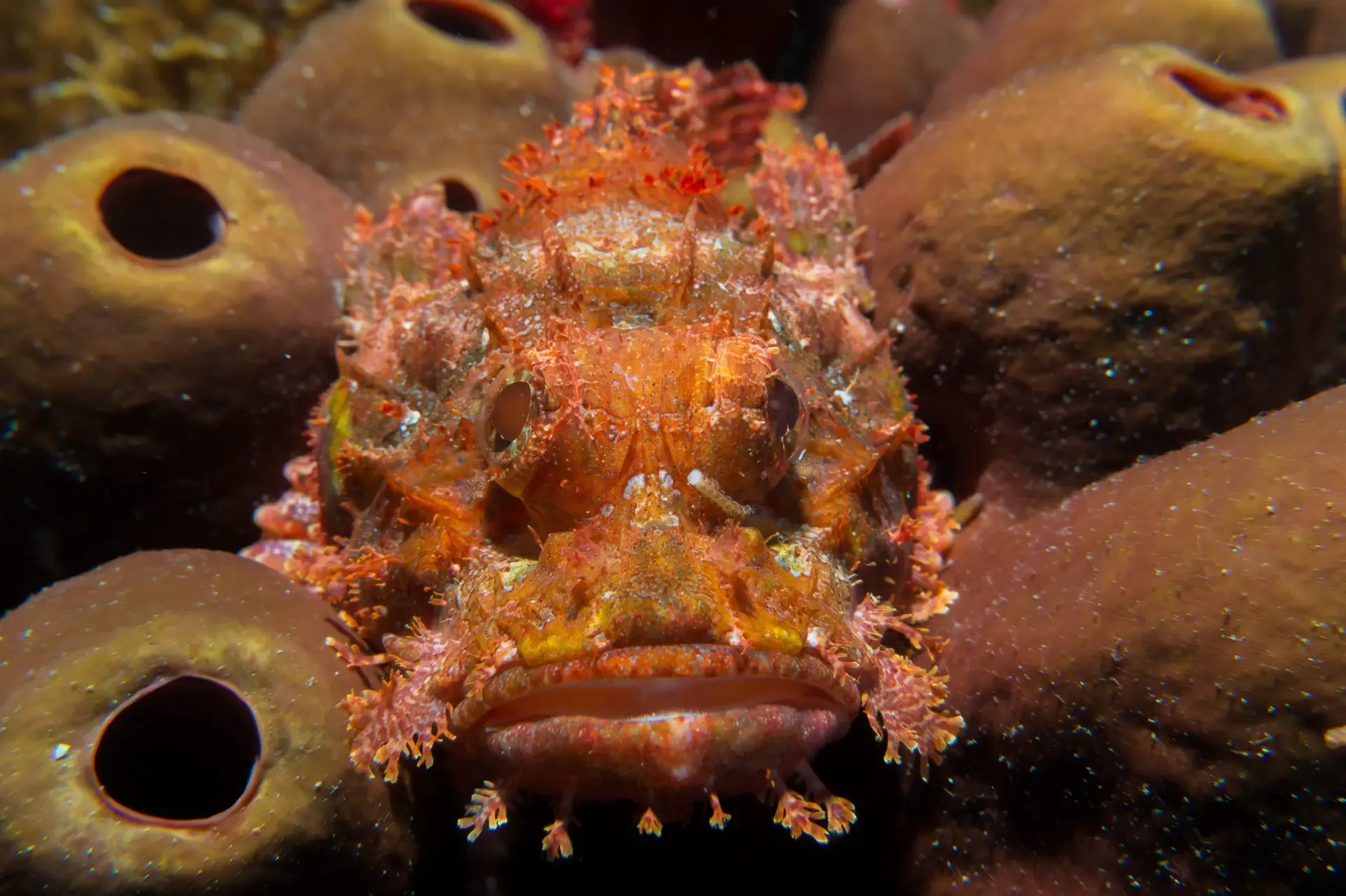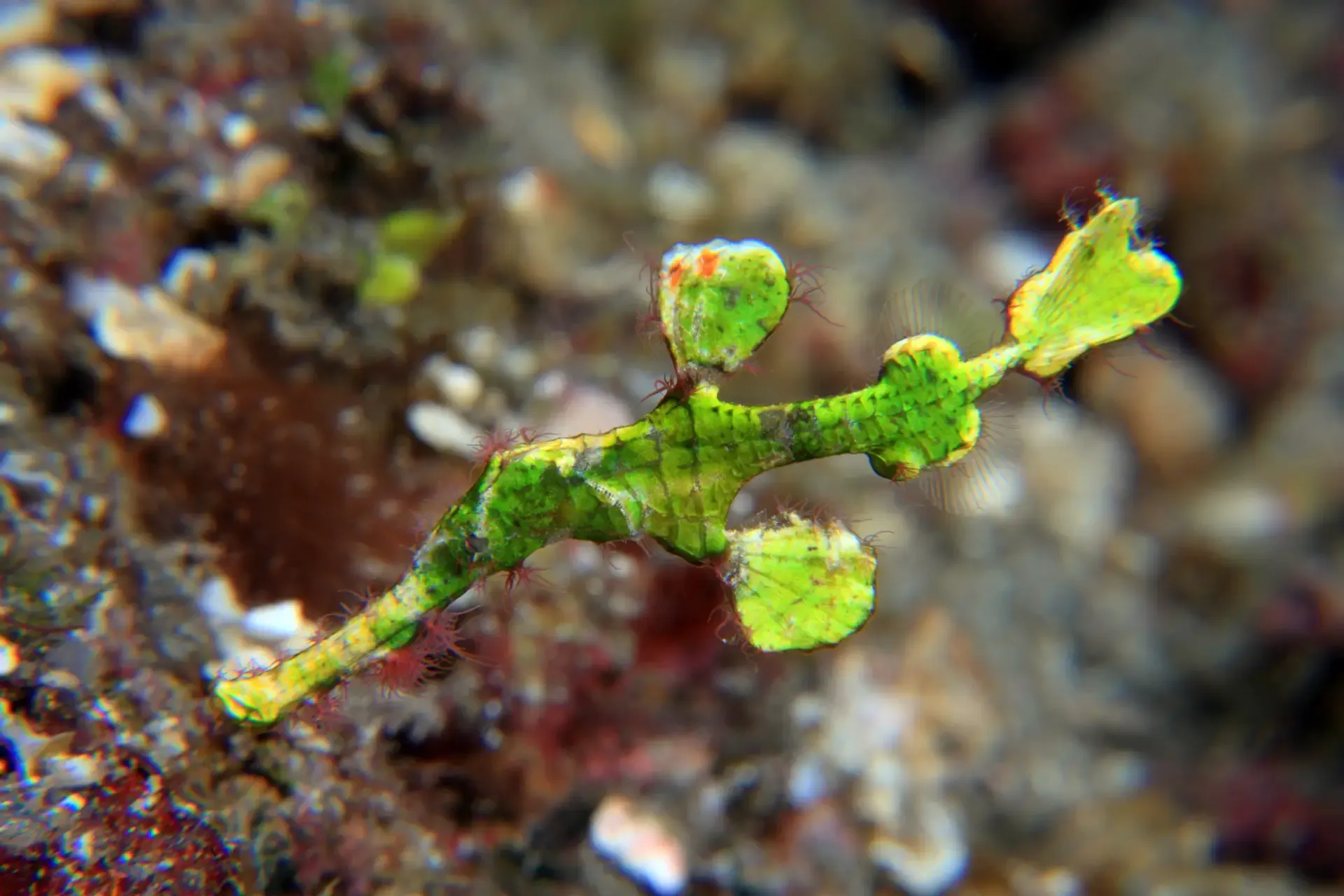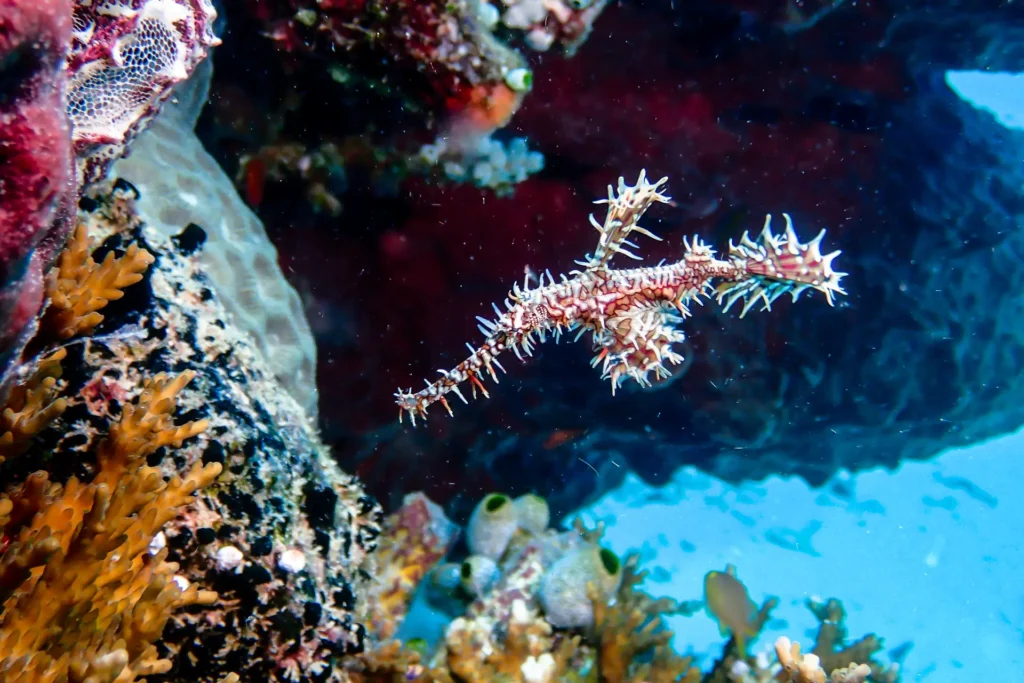Crocodile Island Dive Site Guide: What to Expect Below the Surface
Just a short boat ride from the powdery sands of White Beach lies one of Boracay’s hidden diving gems: Crocodile Island. Named for its crocodile-like silhouette when viewed from afar, this dive site offers an immersive experience that blends top-notch coral health, dramatic underwater terrain, and an impressive array of marine life. Divers from around the world journey here to explore its vibrant slopes, catch glimpses of elusive critters, and enjoy the thriving ecosystem just beneath the surface.
Dive Profile
The topography of Crocodile Island features a gently sloping reef that transitions into deeper walls, with scattered boulders, small caverns, and rich coral gardens along the descent. This makes it an ideal site for both beginner and advanced divers, as well as certified divers looking to enjoy a fun dive with vibrant scenery and fascinating encounters.
- Depth range: 5 to 22 meters (16 to 72 feet)
- Visibility: Commonly between 20 and 30 meters
- Current: Mild to moderate, but can intensify depending on tide conditions
- Skill level: All levels (but best dived with a guide due to potential current changes)
Marine Life Highlights
The reef’s health at Crocodile Island supports a dynamic population of reef dwellers and pelagic visitors. Expect to see dense clouds of anthias dancing above coral outcrops, schools of yellowtail fusiliers moving in unison, and occasional larger species like jacks cruising the edges of the reef.
Macro enthusiasts are particularly fond of this site for its abundance of nudibranchs, ghost pipefish, frogfish, and pipefish—all known for their superb camouflage. Look closely into crinoids or feather stars and you might spot a tiny squat lobster or shrimp hiding in plain sight.
- Reef Fish: Bannerfish, sweetlips, Moorish idols, butterflyfish
- Macro Life: Nudibranchs, seahorses, shrimpfish, frogfish
- Predators: Lionfish, scorpionfish, occasionally barracuda
- Other: Sea crates (sea snakes), blue-spotted rays, and hawksbill turtles
More Marine Life to Discover
Every dive at Crocodile Island is a reminder of the extraordinary biodiversity the Philippine archipelago is known for. Some of the coral bommies are home to massive sponges and sea fans, while smaller crevices shelter shy species such as cardinalfish and squirrelfish. More observant divers might also spot reeftop pipefish gliding along the sand patches or juvenile boxfish tucked beneath ledges.
Larger pelagics occasionally cruise through the site. Divers have reported sightings of eagle rays and large trevallies patrolling the drop-off zone. With the right timing and a bit of luck, it’s not uncommon to catch glimpses of hunting barracudas or even a passing white-tip reef shark.
Crocodile Island also supports a healthy community of crustaceans and invertebrates. Boxer shrimp, porcelain crabs, and decorator crabs all contribute to the site’s rich ecological tapestry. At night, the reef comes alive in an entirely different way, with nocturnal critters emerging from their hiding places.
Best Time to Dive
Crocodile Island is diveable year-round, but the period between November and May generally offers the most consistent conditions. During this time, the seas are calmer, currents are predictable, and visibility is often at its best.
April in particular is an excellent month for spotting a variety of marine life due to water clarity and comfortable temperatures averaging 27–29°C (80–84°F). Whether you’re logging your first open water dives or adding to a photography portfolio, conditions this time of year are ideal.
Diving Crocodile Island with New Wave Divers
At New Wave Divers Boracay, we pride ourselves on offering safe, memorable, and expertly guided dive trips to Crocodile Island. Our team of experienced instructors and local dive professionals knows the site intimately, from the quiet coral alcoves where frogfish lurk to the cleaning stations frequented by larger fish.
If you’re planning to pursue dive certification, Crocodile Island also serves as an excellent training site for buoyancy control, navigation, and marine life identification. The relatively shallow depth and clear visibility make it perfect for honing new skills in a stunning environment.
Tips Before You Dive
- Arrive early to avoid surface traffic and maximize calm conditions.
- Bring an underwater camera—macro and wide-angle lenses will both be rewarding here.
- Let your dive guide know if you’re looking for specific creatures—many know where to find them.
- If you’re unsure where to begin, simply contact us and we’ll help set up your perfect dive day.
Why Dive with New Wave Divers?
As one of Boracay’s most experienced and trusted dive centers, New Wave Divers offers more than just guided dives—we deliver fully immersive, personalized underwater experiences. Our team doesn’t just lead dives; we share knowledge about reef ecology, point out hard-to-spot species, and tailor each dive to match your skills and interests.
We keep our groups small to maximize safety and enjoyment. Whether you’re joining us for a fun dive, working through your next certification, or just exploring what Boracay diving has to offer, we ensure that every experience is personal and memorable. Crocodile Island is one of our most requested sites—and for good reason.
If you’re curious about diving in Boracay or need help planning your trip, don’t hesitate to get in touch. We’ll help you build the perfect dive itinerary that fits your schedule, skill level, and underwater wishlist.
Crocodile Island may not be the most talked-about dive site on the map, but those who explore its reefs quickly understand why it remains a favorite among seasoned divers and new adventurers alike. From technicolor coral heads to fascinating marine encounters, it’s a site that offers something new every time you descend.
Book your next dive with New Wave Divers and experience for yourself the underwater treasures waiting at Crocodile Island.
